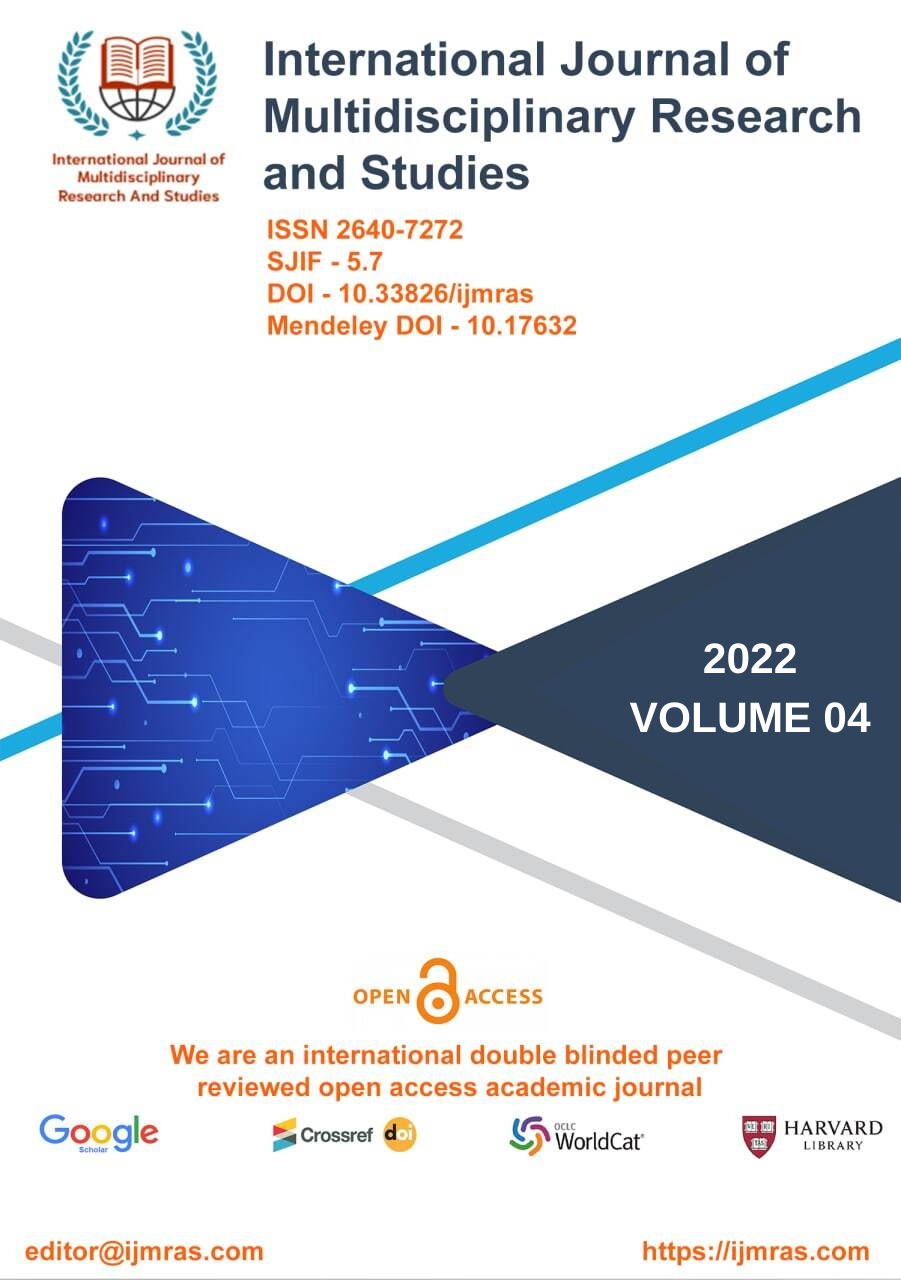ETHICS SURROUNDING THE STANFORD PRISON EXPERIMENT
Abstract
Recent studies (August 14-21, 1971) were carried out at Stanford University in which participants were asked to play the part of either a "prisoner" or a "guard" for a prolonged period of time within the context of a mock prison that had been constructed for the purpose of conducting research. When it became apparent that many of the 'prisoners' were in serious distress and that many of the 'guards' were behaving in ways that brutalised and degraded their fellow subjects, the study had to be prematurely terminated.
Keywords
Stanford University, brutalized, prematurely terminatedHow to Cite
References
Alexander, E. (2015). This experiment, so fatal: Some initial thoughts on strategic choices in the campaign against solitary confinement. UC Irvine Law Review, 5(1), 1-48.
Alexander, M. (2012). The new Jim Crow: Mass incarceration in the age of colorblindness. New York: The New Press.
American Psychiatric Association. (2013). Diagnostic and statistical manual of mental disorders: DSM-5™. Arlington, VA: American Psychiatric Publishing.
Bennion, E. (2015). Banning the bing: Why extreme solitary confinement is cruel and far too usual punishment. Indiana Law Journal, 90(2),
Berg, M., & Huebner, B. (2011). Reentry and the ties that bind: An examination of social ties, employment, and recidivism. Justice Quarterly, 28(2),
Berger, R. L. (2003). From the inside: A prison memoir. Bloomington, IN: iUniverse. Binswanger, I. A., Nowels, C., Corsi, K. F., Long, J., Booth, R. E., Kutner, J., & Steiner,
J. F. (2011). “From the prison door right to the sidewalk, everything went downhill,” A qualitative study of the health experiences of recently released inmates. International Journal of Law and Psychiatry, 34(4),
Bloom, S. G. (2005). Lesson of a lifetime. Smithsonian, 36(6), 82.
Boxer, P., Middlemass, K., & Delorenzo, T. (2009). Exposure to violent crime during incarceration: Effects on psychological adjustment following release. Criminal Justice and Behavior
Brown, M. (2005). “Setting the conditions” for Abu Ghraib: The prison nation abroad. American Quarterly, 57(3),
Bulman, P. (2012). The psychological effects of solitary confinement. Crime and Delinquency, 53,
Butterfield, F. (2004). Mistreatment of prisoners is called routine in US. The New York Times. Retrieved from Carson, E. (2014). Prisoners in 2013. Bureau of Justice Statistics. Retrieved from
Chan, Z. C., Fung, Y. L., & Chien, W. T. (2013). Bracketing in phenomenology: Only undertaken in the data collection and analysis process. The Qualitative Report, 18(30),
Chong, C. (2013). Inmate-to-inmate: socialization, relationships, and community among incarcerated men. Berkeley Undergraduate Journal, 26(2). Retrieved from
Clemmer, D. (1940). The prison community. New York: Holt, Rinehart and Winston. Cloitre, M., Garvert, D. W., Brewin, C. R., Bryant, R. A., & Maercker, A. (2013).
License
Copyright (c) 2021 Anjali

This work is licensed under a Creative Commons Attribution 4.0 International License.
Individual articles are published Open Access under the Creative Commons Licence: CC-BY 4.0.




